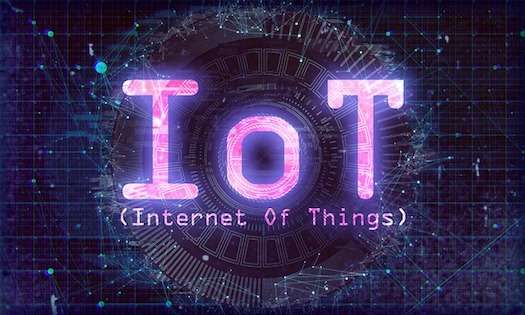4 Ways IoT Transforms the Electronics Supply Chain
If you’re in electronics, you know that the Internet of Things (IoT) is huge. From consumer products to industrial applications, IoT is transforming the way we interact with the physical and digital world. And supply chain is no different. A discipline that was once plagued by guesswork and firefighting is now stepping into the modern era, as IoT technologies are giving supply chain managers access to a new level of visibility into their in-transit goods
This new IoT-powered visibility is enabling managers to adopt a data-driven optimization mindset, using real-time location and condition data for their shipments to proactively make decisions and run operations. So instead of gut instinct, manufacturers can rely on a quantitative, analytical approach to reduce waste, increase efficiency, and improve visibility across the supply chain.
Improve Quality
So what does the IoT-powered digital supply chain mean for electronics manufacturers? One of the biggest benefits is the ability to identify sources of product damage, and in many cases, eliminate those issues before damage even occurs. For example, many electronics products are sensitive to temperature and humidity. If a shipment of hard drives is exposed to excessive humidity en route, the devices may corrode and and arrive damaged or completely destroyed. But with real-time condition monitoring, managers can track the exact temperature and humidity of the shipment. If the sensors detect a condition that exceeds acceptable thresholds, they can send an immediate alert so that the issue (be it a broken temperature-controlled container or a package accidentally left out in the sun) can be fixed before the product is damaged.
Other products are sensitive to shock, or to tilt. With always-connected IoT trackers, the manager can get a real-time notification as soon as a fragile shipment of TV screens or computers experiences excessive acceleration or tilting, providing an advanced warning that that shipment will need to be inspected for potential damage.
Reduce Delays
In addition to improved quality control, IoT tracking also makes it possible for electronics manufacturers to significantly reduce delays and early arrivals, both of which can be extremely costly. An unexpected late or early delivery can result in installation or assembly crews either waiting around, or unavailable to receive the shipment. With real-time location tracking, the manufacturer knows in advance if a shipment will be early or late, and can adjust plans accordingly. In addition, the extra heads up gives the manufacturer time to order replacement shipments without relying on expensive expedited shipping.
Similarly, if a tracker indicates a shipment has been damaged due to environmental conditions or mishandling, the manager can reschedule workers and make other arrangements to ensure everything doesn’t go on hold if an unusable shipment arrives. Greater visibility into the real-time location and condition of in-transit goods means that the manager has the information they need to avoid issues where possible, and mitigate the fallout from problems when they do occur.
Improve Relationships
Ultimately, improved quality and reduced delays boil down to better relationships with both suppliers and end customers. On the supplier side, IoT trackers make it possible to hold people accountable by pinpointing exactly when and where problems are occurring. So instead of blindly pointing fingers when a shipment arrives damaged or late, the manufacturer can identify the source of the problem and work with their suppliers to resolve the issue.
And when it comes to customer relations, real-time visibility enables the manufacturer to deliver a superior experience. Instead of finding out about problems from the customer, the manufacturer can get ahead of issues, preemptively expediting replacements, warning the customer, or making other proactive arrangements. This means a better experience for the customer and less headache all around.
Large-scale Optimization
Of course, all this is only the beginning. As electronics manufacturers invest in IoT solutions that cover every part of the supply chain, it is becoming possible to implement macro-scale optimization. With comprehensive data regarding all routes over time, managers can begin to identify and optimize based on large-scale trends. For example, if a certain route experiences significantly more delays, or is more prone to harmful environmental conditions, the manager can work with their carriers to replace the problem route. This sort of system-wide optimization is only possible now that manufacturers have access to this previously invisible data.
As technology continues to improve and IoT solutions grow ever more comprehensive, the potential for optimization of the electronics supply chain will only continue to grow. According to recent reports, by 2020 there will be over 2.5 billion IoT devices in use, and IoT network infrastructure will continue to expand to meet that demand. At the same time, improvements in cellular components are enabling ever-more efficient IoT trackers. Today, real-time IoT trackers can last over six months on a single charge, meaning that they can easily last the duration of a global, intermodal supply chain. These improvements are transforming the electronics supply chain, enabling new levels of visibility, efficiency, and data-driven optimization from end to end.
Click HERE for the original article.

